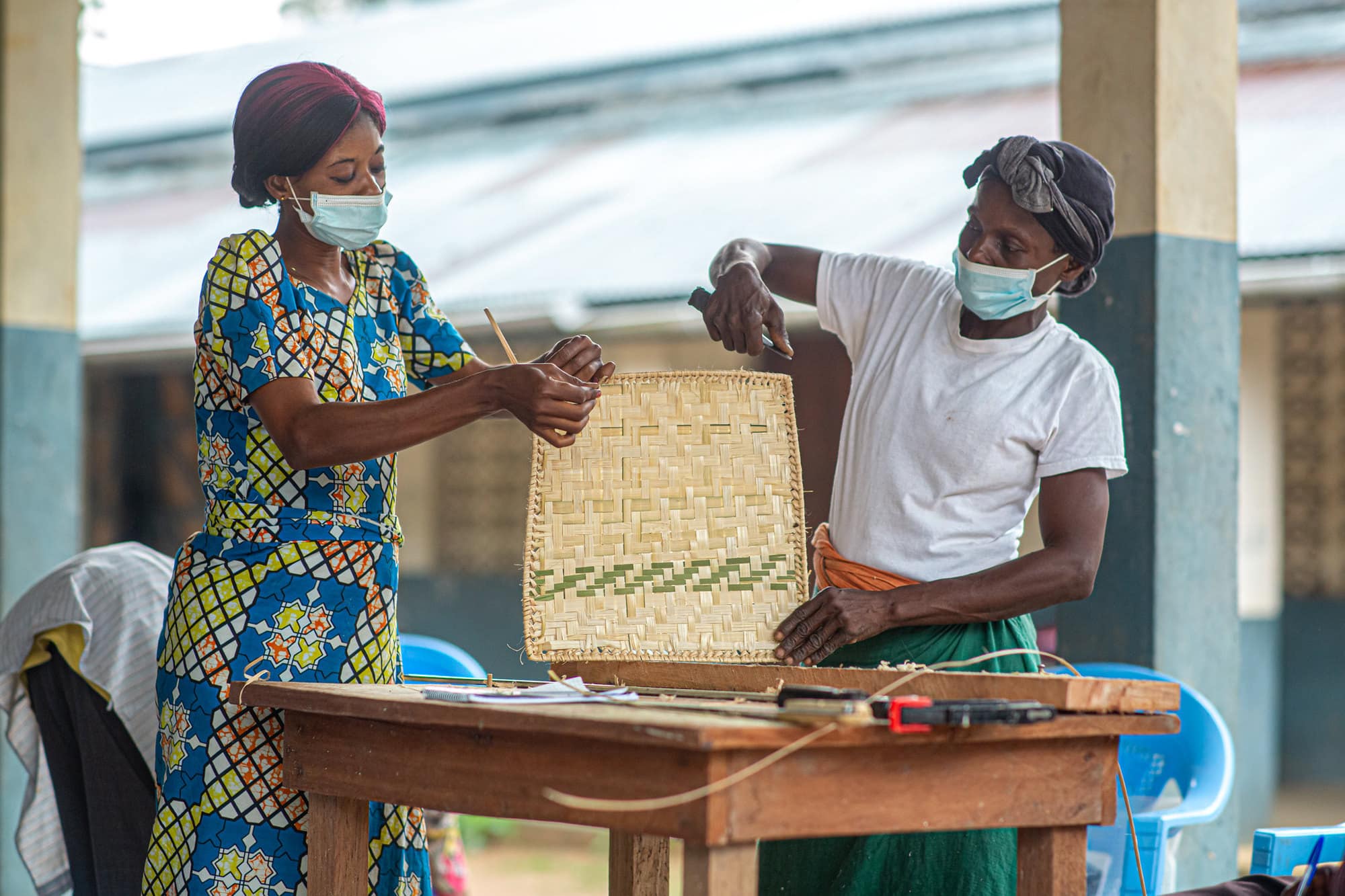Our transition to a new research and innovation platform
2021 marked an important year for the One CGIAR process with the development of a new research and innovation portfolio comprising 32 CGIAR Initiatives aimed at transforming food, land, and water systems in a climate crisis. This new portfolio of Initiatives will deliver CGIAR’s current 10-year strategy, which was launched in 2020.
Building on the legacy of the CGIAR Research Programs and Platforms
CGIAR’s Research Programs (CRPs) and Platforms closed at the end of 2021. The CRPs and Platforms developed a remarkable set of science-based innovations and contributions to impact aligned with the United Nations’ Sustainable Development Goals (SDGs) and the world’s most pressing challenges.
CGIAR’s three System Level Outcomes (SLOs) — reduced poverty, improved food and nutrition security for health, and improved natural resources and ecosystems services — are matched to specific United Nations’ Sustainable Development Goals (SDGs). In 2021, 47% of CGIAR’s reported contributions were linked to poverty reduction (SLO1), 29% to improved food and nutrition security (SLO2), and 24% to improved natural resources and ecosystem services (SLO3). To learn more, explore our Contribution to Impact.
CRPs and Platforms and their partners focus on research and innovation designed to reduce poverty, improve food and nutrition security for health, and improve natural resources and ecosystem services. They have formed a valuable basis from which to design and implement the new CGIAR 2030 Research and Innovation Strategy and portfolio.
In the previous decade, CGIAR worked with partners on innovations that aimed to mitigate and adapt to climate change, ensure gender and youth equity and inclusion, strengthen policy and enabling environments, and develop capacity among CGIAR’s many national partners and beneficiaries.
In many cases, the science and innovation developed as part of the previous portfolio will be built upon by the new CGIAR Initiatives. The legacy of the CRPs and Platforms will continue to inform CGIAR’s future impact — and for this the work of all those involved is greatly appreciated and respected.
Read more about the CRPs and Platforms in their end-of-program summary reports:
A new chapter
The new portfolio designed in 2021 will create positive impact in five areas: 1) nutrition, health, and food security; 2) poverty reduction, livelihoods, and jobs; 3) gender equality, youth, and social inclusion; 4) climate adaptation and mitigation; and 5) environmental health and biodiversity.
Endorsed by the System Council in June 2021, the CGIAR 2022–2024 Investment Prospectus provides a set of CGIAR Initiatives to be supported as pooled funds become available during the 2022–2024 business plan period.
CGIAR Initiatives are major, prioritized areas of investment that bring capacity from within and beyond CGIAR to bear on well-defined, major challenges. The Initiatives within the Investment Prospectus build on a track record of 50 years of research and collaboration to accelerate innovative solutions to achieve impact aligned with the SDGs. CGIAR Initiatives meet a common set of requirements, articulated in System Council documentation and evaluable through the Independent Science for Development Council quality of research for development criteria.
The Investment Prospectus is organized by the three Action Areas detailed in the CGIAR 2030 Research and Innovation Strategy: Systems Transformation, Resilient Agrifood Systems, and Genetic Innovation, with each Initiative placed under a primary Action Area, yet most involving collaboration across more than one. Five Impact Area Platforms will support the Initiatives and Action Areas on impact strategies, metrics, and partner engagement.
Throughout 2021, Initiative Design Teams developed Initiative proposals, with the first set being approved by the System Council in December. A second set of Initiative proposals was submitted in November, and in 2022 work will begin to implement the new portfolio.
All CGIAR’s Initiatives can be found in the Portfolio Explorer, which outlines the scope and aims of the Initiatives.
Partnerships are crucial within the design of the new portfolio and within individual Initiatives. As part of the One CGIAR transition, CGIAR is prioritizing strong partnerships with countries in the Global South, farmers, funders, nongovernmental organizations, and other key stakeholders in food, land, and water systems to develop and scale demand-led local and regional solutions.



